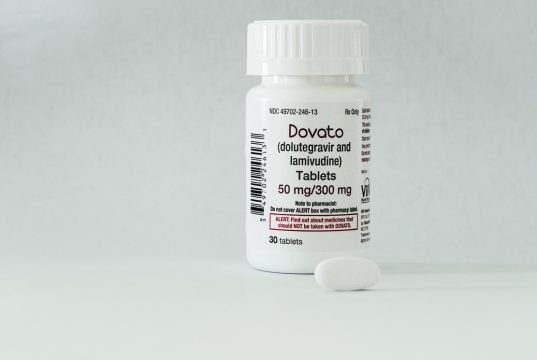Advertisment
ATC 2012 Report – Cancer expert sheds light on immune system

by Thomas R. Collins – BOSTON — The transplantation community turned to a somewhat unlikely source for insight here as immunologist James Allison, PhD, Chairman of the Immunology Program at the Memorial Sloan-Kettering Cancer Center in New York, talked about how to prompt immune responses to fight tumours — rather than damping down the immune system, which is the goal of transplant specialists.
Dr Allison, whose work has led to new treatments that have led to complete reversals of their disease in some patients, offered insights into how the immune system works at the 2012 American Transplant Congress.
His work has centered on cytotoxic T-lymphocyte-associated protein 4, or CTLA-4, which is responsible for sending a “negative” signal to T-cells, acting as a kind of brake to the body’s immune response.
The discovery of the role of CTLA-4 has been a breakthrough after long hopes that the immune system could somehow be prompted to fight tumour cells, Dr Allison said.
“People have dreamed for several decades of trying to mobilize the immune system to attack cancer cells,” he said.
The advantages of prompting the immune system itself, and specifically T-cells, to attack cancer cells are the “incredible specificity” of T-cells for peptides derived from tumour-associated antigens, the adaptability of the immune system as the tumour cells change, and other benefits separating immune therapies from other kinds of treatment.
“You get immunological memory which has the potential, at least, of protecting you for quite a long time, if not the rest of your life, from tumours,” he said.
But most attempts to mobilize the immune system have not been successful, in part because of the enormous complexity of the system, Dr Allison said.
When the CTLA-4 protein was discovered, its function was not known. Researchers found that it bound to the same ligands as CD-28, which is responsible for sending a signal activating immune response. At first, researchers thought that CTLA-4 did much the same thing, working in sync with CD-28. Now, it’s known that it does the opposite.
Dr Allison’s work has led to the development of the CTLA-4 antibody Ipilimumab.
The first experiments leading to the drug’s development — involving colorectal carcinoma growing on the backs of mice — seem to astound Dr Allison even to this day. The mice usually have to be euthanized after a month because the tumour gets so big. But with administration of CTLA-4 antibodies the tumour grows, but then gets rejected.
“It was amazing when we got this result,” he said. “I really was startled. Because I thought it would have some effect but not anything like this because this is one molecule out of everything that’s going on in an immune response we’re stopping this one molecule and we turn sure death of the animals from cancer, into long-term survival and they are permanently immune to re-challenge with that tumour.”
Still, only about a quarter of human patients respond with the use of Ipilimumab.
That means, Dr Allison said, that the main task is getting the response rate higher.
He suggested that the most promising approaches might be to combine the CTLA-4 antibodies with other co-stimulatory signals.
He said it’s encouraging that the survival “tail” on graphs has a plateau — showing that patients are able to live for years — but the percentage needs to be higher.
“Our job now is to get that tail up by combining things to make them work better,” he said. “And I think it’s an exciting time that’s coming along.”





